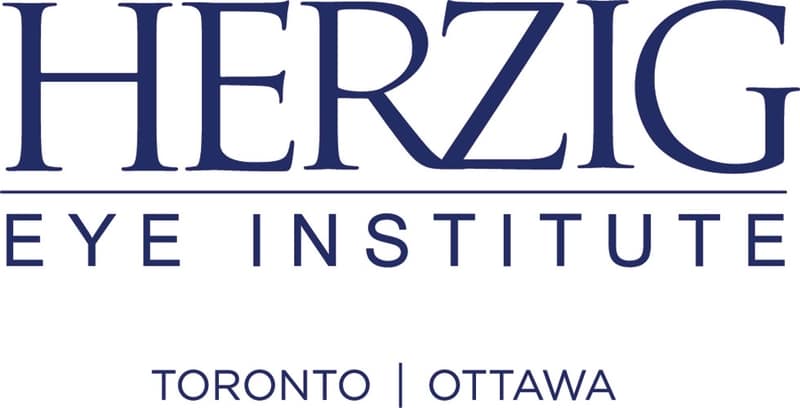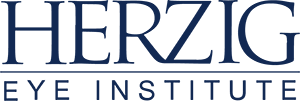What is LASIK?
LASIK is the second generation of Laser Vision Correction technology, and one of the most commonly performed elective procedures in the world. The LASIK procedure involves a laser reshaping the cornea to correct your prescription.
LASIK stands for Laser-Assisted In Situ Keratomileusis. It is used to correct refractive error by reshaping the cornea through a corneal flap. The IntraLase® method is a 100% blade-free approach to creating a corneal flap. IntraLase® allows the surgeon to create a thinner, smoother, and more uniform corneal flap. After gently lifting the flap, the surgeon uses the computer-guided excimer laser to reshape the cornea.
LASIK Candidacy & Treatment Alternatives
A wide range of myopia, hyperopia, and astigmatism can be corrected by the LASIK procedure. It is a delicate surgical procedure allowing for a predictable healing response. After the procedure, vision stabilizes rapidly and there is little to no discomfort.
During your complimentary consultation, you will undergo diagnostic testing to determine your candidacy for laser vision correction. To understand what procedure is right for you, you will meet with one of our experienced Refractive Consultants to discuss your vision goals, ask any questions you might have, share the results of your diagnostics and eye examination, book your procedure date, and discuss any pre-operative instructions.
If you are not a candidate for LASIK, we are pleased to offer other laser vision correction procedures, including ZEISS ReLEx SMILE and PRK, or, one of our intraocular procedures: Refractive Lens Exchange (RLE) and Intraocular Collamer Lens (ICL).
What’s the difference between PRK, LASIK and ReLEx® SMILE®?
What’s your treatment of choice for patients 20-40 years of age?
What to Expect
Preparing for the Procedure
To prepare for your procedure, there may be a few pre-operative considerations. All of these will be shared with you by your Refractive Consultant and the doctor during your comprehensive consultation. Some of these instructions might include:
- Switching to glasses and refraining from contact lens wear for 1-8 weeks (depending on the type of contact lenses you wear)
- Arranging transportation to and from Herzig Eye Institute for your procedure day
What to Expect During the Procedure
The LASIK procedure is done one eye at a time, while the other eye is covered. To stop you from blinking, your surgeon will use a lid speculum and apply topical anesthetic numbing drops to prevent any pain.
You will experience some pressure during the flap creation and your vision will dim for about one minute. Your surgeon will gently lift the flap and use the excimer laser to reshape your cornea. The laser will track and adjust to any eye movement. The flap is then repositioned and the process repeated on your other eye.
What to Expect After the Procedure
After the procedure has finished and the anesthetic drops have worn off, you may experience some mild discomfort. Because the recovery time with LASIK is quick, this discomfort should not last more than a few hours. The sensation is similar to having something in your eye, like an eyelash. For the rest of the day following LASIK, the eyes are sensitive to light, so it’s recommended to go home and rest.
A medicated drop regimen also needs to be followed after the procedure. As early as the next day, patients are seeing better than they did before with their glasses and contacts. While there are a couple restrictions for certain activities like swimming, LASIK patients are able to return to their normal activities just a couple days after treatment.
Post-Operative Examinations
It is critical you are seen for all post-operative appointments at Herzig Eye Institute or with your referring optometrist. You will be seen 1 day, 1 week, and 1 month after your procedure. Additional appointments may be recommended.




